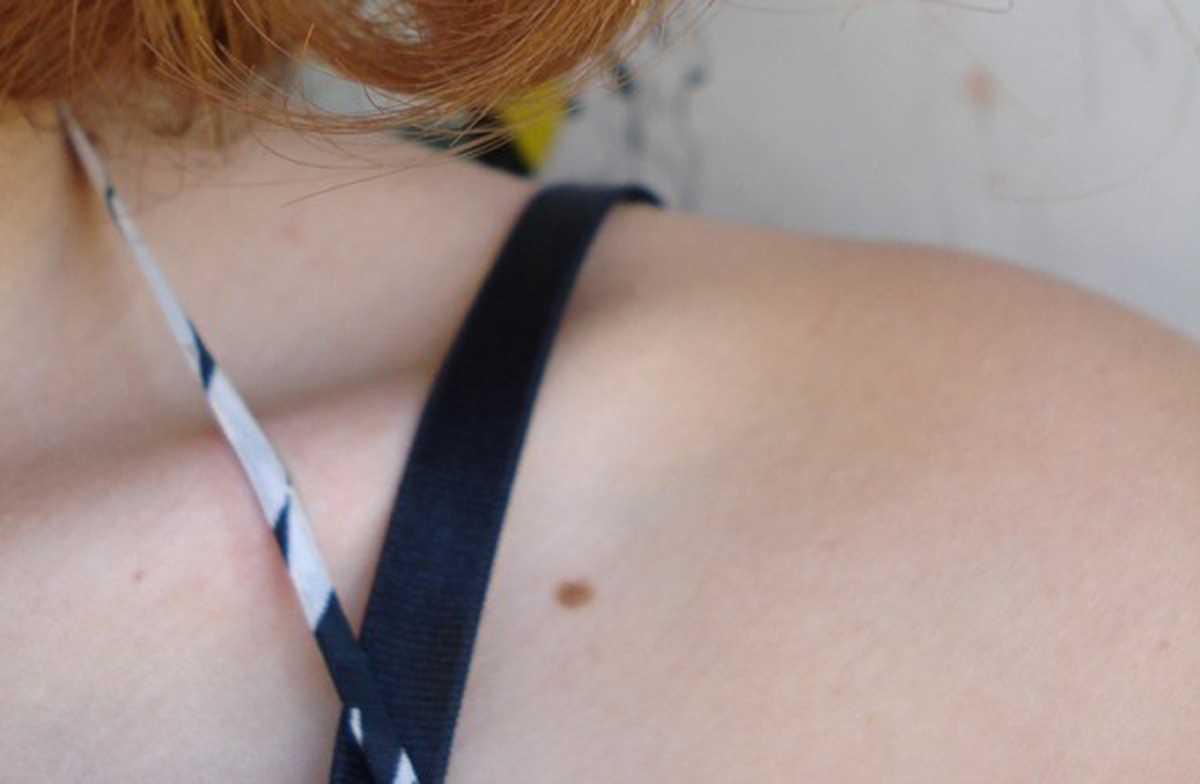Table of Contents
Look out for the changes in your moles which may be a warning of skin cancer
Considering the high incidence and prevalence of skin cancer and the mortality associated with melanomas, it is important to keep a close watch on the moles on your body. Changes in the shape, size or color of the moles may be a warning of skin cancer.
- Actinic keratosis which can lead to squamous cell carcinoma
- Dysplastic nevi which can lead to melanoma. Dysplastic nevi are usually more than ¼ inch in size with irregular and notched borders. The surface may be pebbly, and the color may vary from shades of red to tan and dark brown.
A sudden change in shape, size, color or elevation of pre-existing nevi may be an early warning sign of melanoma. There may be sudden appearance of a new mole after the age of 21, or a pre-existing mole may start itching, bleeding, grow rapidly or change in color. People who have many moles, more than 100, are at an increased risk of developing melanoma.
A malignant melanoma is often identified on the basis of “ABCDE Guidelines” for moles.
“A” stands for “Asymmetry”, i.e. one side of the mole does not correspond to the other side.
“B” stands for “Border Irregularity”, i.e. the borders of the mole are irregular. They may be notched.
“C” stands for “Color”, i.e. the mole may have an assortment of colors like, black, brown, tan, blue, red and white.
“D” stands for “Diameter”, i.e. the mole is normally more than ¼ inch or 6 mm in diameter. However, it is important to remember that any change in size may be indicative of melanoma.
“E” stands for “evolving”, i.e. undergoing any change in size, shape color or elevation.
If any mole on your body shows any of the changes mentioned above, you shouldn’t ignore it. You should immediately meet your doctor and undergo tests to diagnose skin cancer.
It is important to understand that though skin cancer can affect any part of the skin, it is mostly seen in sun-exposed parts. So it is essential to take proper precautions whenever you are out in the sun for prolonged period of time. Wearing adequate clothing, using an umbrella or a hat and applying a proper sunscreen with a Sun Protection Factor of at least 15 will go a long way in protecting you from the ultraviolet radiations.
Though skin cancer is on a rise, proper awareness about its warning signs can help you protect against it. Squamous and basal skin cancers when caught early, respond very well to treatment with almost 95% success rates. Though malignant melanoma is responsible for 75% of deaths due to skin cancer, it can also be treated if identified early.
- Abeloff MD, Armitage JO, Niederhuber JE, Kastan MB, McKena WG. Clinical Oncology. 3rd ed. Orlando, Fl: Churchill Livingstone, 2004:449-452
- American Cancer Society. Cancer Facts and Figures 2006. Atlanta, GA: American Cancer Society, 2006
- Warning signs of melanoma, Skincancer.org, accessed on 20 July,2011.
- Photo courtesy of Cinmarshmellow on Flickr: www.flickr.com/photos/cinmarshmellow/3982087975/

